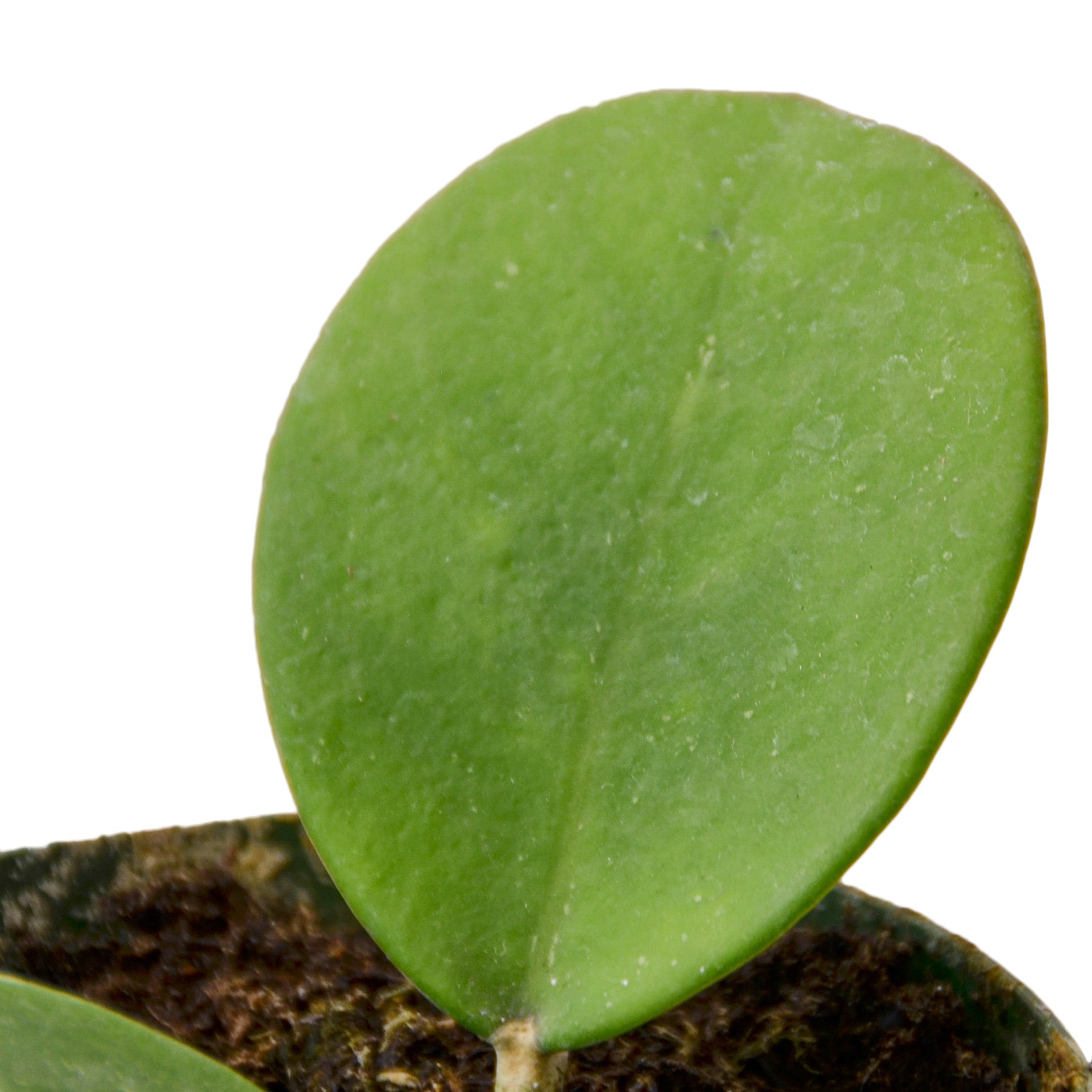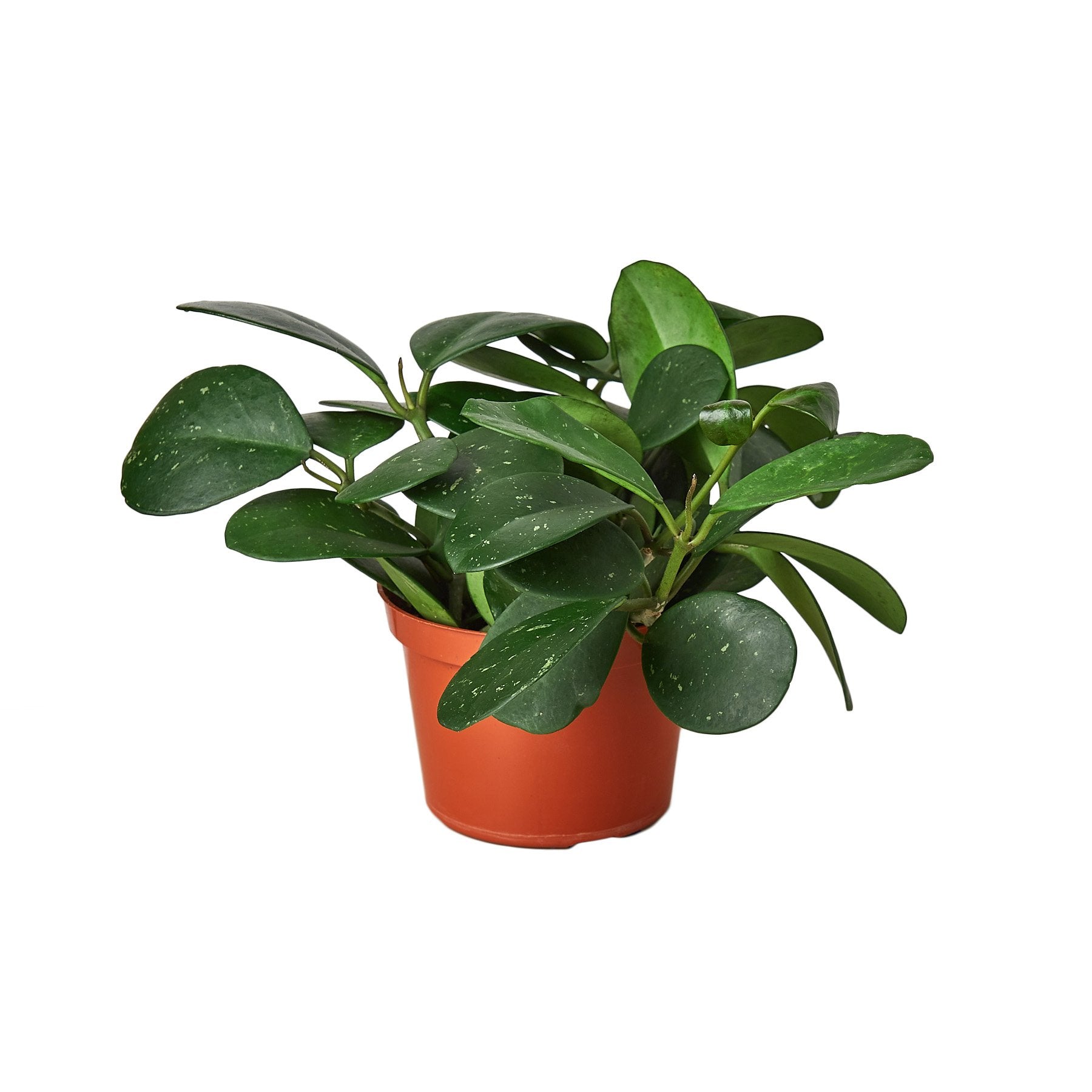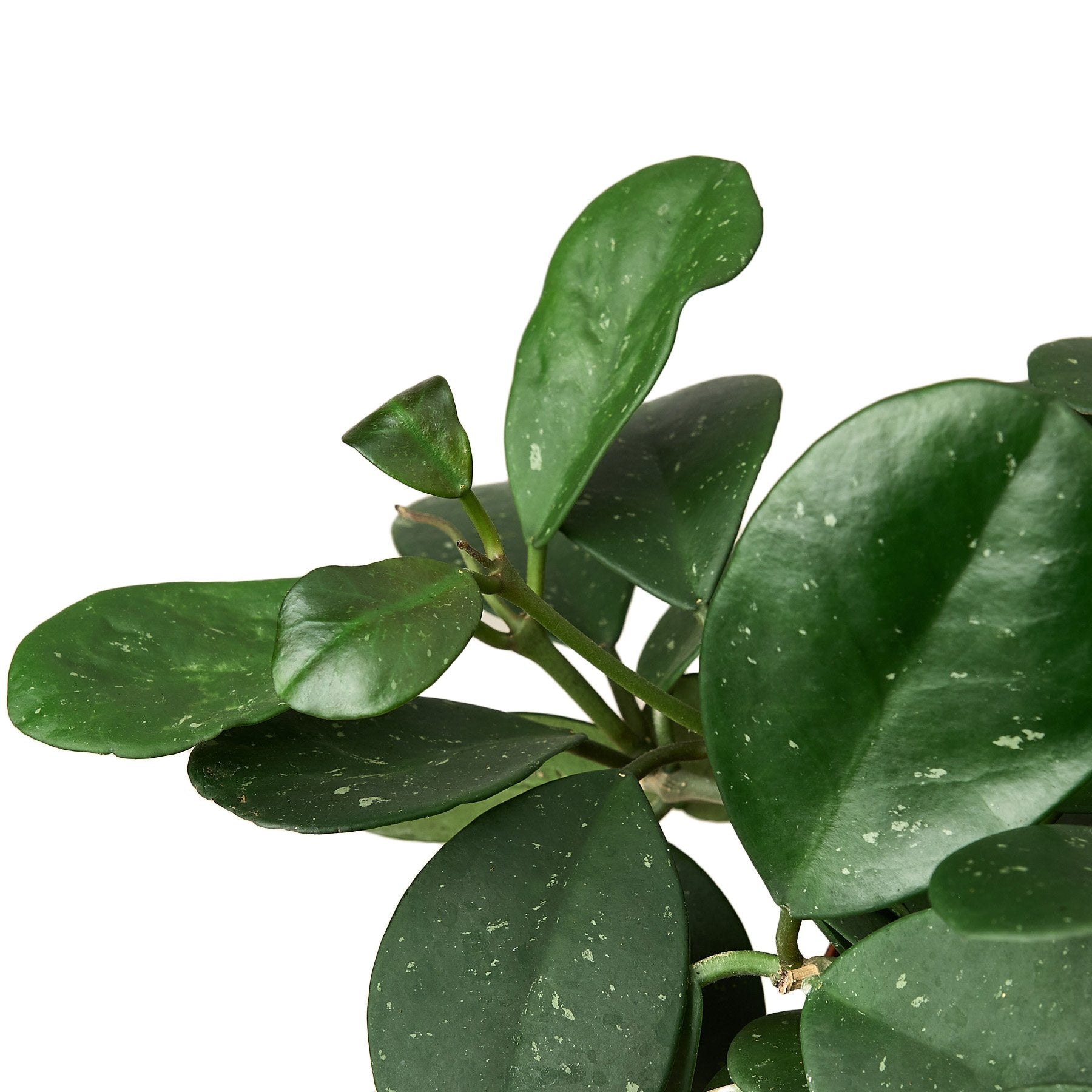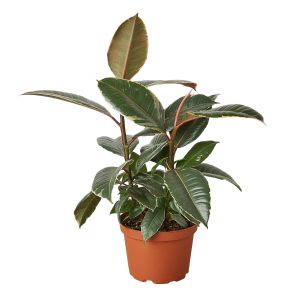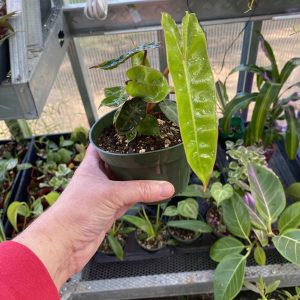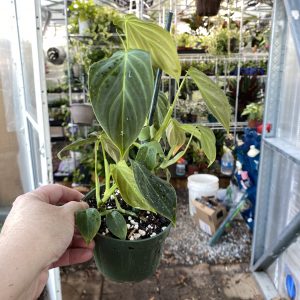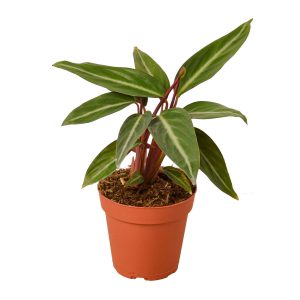Hoya plants are cherished for their unique foliage and stunning, long-lasting flowers. They are well-suited as indoor plants, adding a touch of beauty and charm to any space while being relatively low-maintenance compared to some other flowering plants
The shopping cart has been disabled temporarily due to high demand through our other sales channels. In the meantime, please feel free to take a look at the plants we offer. Thanks!
Hoya Obovata – 4″ Pot
Hoya Obovata – 4″ Pot – Live Tropical Houseplant – Grown in the USA
OBOVATA HOYA Features
- SIZE: 4" Pot
- Grown in the USA By licensed nursery.
The Obovata Hoya is an extinct volcano located in the remote and rugged Obovata Mountains of the island of Maui, Hawaii. It is the highest peak on the island, rising to an elevation of 10,145 feet 3,090 meters. The volcano was first noted by Europeans in 1778, when a Spanish expedition led by Juan Ponce de León sighted it while attempting to circumnavigate the island. The Obovata Hoya was not formally named until 1817, when Captain James Cook named it for John MontaguDouglasScott, 4th Duke of Buccleuch. The Obovata Hoya was active during the early Holocene period and produced basaltic lava flows that reached the sea. A large explosive eruption occurred about 8,000 years ago and resulted in the formation of the high Monsuno Ridge. The volcano has not erupted since then.
Hoya plants are generally considered non-toxic to humans and pets, making them safer options for households with animals or small children.
Light: They thrive in bright, indirect light. Some varieties can tolerate a bit of direct sunlight, especially morning sunlight, but harsh sun can damage the leaves.
Watering: Allow the soil to dry out partially between waterings. Hoya plants prefer well-draining soil and are sensitive to overwatering.
Temperature: They generally prefer average room temperatures between 60-80°F (15-27°C) and can tolerate slightly cooler temperatures.
Humidity: Hoya plants can handle normal indoor humidity levels, but they appreciate slightly higher humidity. Misting can be beneficial, especially in drier environments.
Maintenance:
Pruning: Prune to control the plant's size or encourage branching and fuller growth.
Repotting: Repot when the plant becomes root-bound, usually every 1-2 years, using a well-draining potting mix.
Support: Some Hoya varieties are climbing vines that benefit from supports like trellises or stakes.
Different Species and Cultivars: There's a wide variety of Hoya species and cultivars available. Some popular ones include Hoya carnosa, Hoya kerrii (Heart-leaf Hoya), Hoya linearis, Hoya obovata, and Hoya pubicalyx.
Foliage: Hoya plants feature thick, succulent-like leaves that are often glossy and have various shapes and sizes, depending on the species or variety. Some have variegated foliage, adding to their ornamental value.
Flowers: Hoya plants produce clusters of star-shaped flowers that are waxy and fragrant. These blooms can come in different colors, such as white, pink, red, or yellow, depending on the species.

